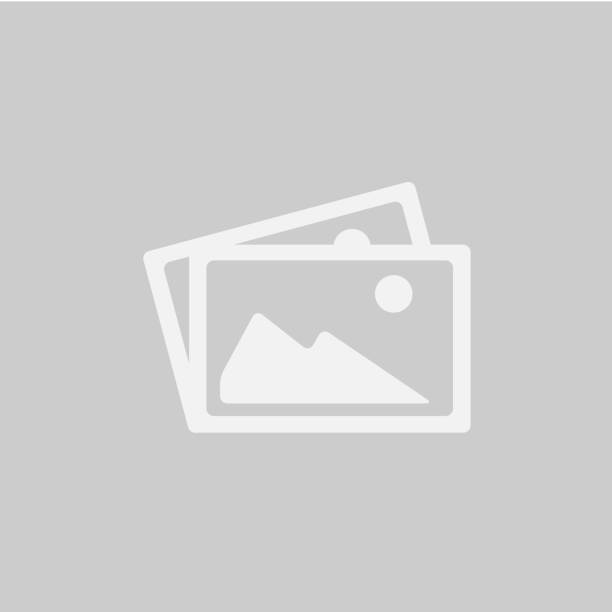Acne is a common inflammatory skin condition that occurs when hair follicles become blocked by excess oil and dead skin cells, leading to blackheads, whiteheads, pimples, or deeper cystic lesions. It typically appears on the face, chest, back, and shoulders—areas with high oil gland activity. While most common during adolescence, acne can affect individuals of all ages and ranges from occasional breakouts to chronic cases that may cause long-term scarring and emotional distress.
At Scars and Lasers, we tailor treatment based on the type and severity of acne. Our approach may include prescription creams or tablets, in-clinic procedures, lifestyle adjustments, and skincare guidance—designed to help clear your skin and prevent future breakouts.
Common triggers include:
Treatment options may include:

(Available on Excel V and Excel V Plus)
Best for
Mild cases or isolated vessels.
How It Works
The long-pulse Nd:YAG laser emits energy at a wavelength absorbed by haemoglobin in blood vessels. This heat causes the targeted vessels to collapse, effectively treating both surface red veins and deeper blue veins.
Results
Treated vessels may disappear immediately or gradually fade over several weeks.
(Candela VBeam Perfecta, Excel V, Excel V Plus, Sciton BBL)
Best for
More severe cases or large areas of visible facial veins and redness, particularly in rosacea.
How It Works
This approach layers multiple vascular-targeting technologies in one session, including:
Results
Effectively reduces visible veins, diffuse redness, and facial flushing commonly seen in rosacea.
(Candela VBeam Perfecta, Excel V, Excel V Plus, Sciton BBL)
Best for
Stimulating collagen and vascular remodelling to reduce persistent skin redness.
How It Works
Often recommended in combination with vascular laser or BBL treatments to enhance skin healing, texture, and redness reduction.

Acne develops when hair follicles become clogged with oil (sebum) and dead skin cells, leading to the formation of pimples, blackheads, or cysts. Several factors contribute to this process, including:

Acne appears in different forms, and each type may require a specific treatment approach:

Effective acne management often combines multiple treatment approaches based on the severity of your condition:
At-Home Care:
Lifestyle Adjustments:
Professional Treatments:

Acne requires patience, consistency, and regular care. Results may take weeks or months to show. Dermatologists often recommend routine reviews to track progress and adjust treatments as needed. A referral from your GP can help streamline a consultation with a dermatology team for a tailored acne management plan.

Prescription treatments for acne are tailored based on severity, skin type, and response to previous treatments. Below are the most commonly used medical therapies and how they help:
Topical retinoids are often the first-line treatment for blackheads and closed comedones – those small, stubborn bumps on the forehead or jawline. They help unclog pores, reduce inflammation, and can be combined with antibiotics, the pill, or spironolactone for more inflamed acne.
Side effects: Redness, dryness, stinging, or itching are common. Your dermatologist will guide you on how to ease these with appropriate skincare support.
Oral retinoid (Isotretinoin) is reserved for severe or cystic acne. It reduces oil gland activity, prevents clogged pores, lowers inflammation, and controls bacteria. While very effective, it requires close monitoring and is unsuitable during pregnancy. Monthly in-person reviews are essential.
This antibacterial treatment targets the bacteria that contribute to acne breakouts. It’s useful for both ongoing prevention and treating flare-ups.
Tip: Apply only a thin layer to affected areas to avoid irritation and peeling. Be mindful—benzoyl peroxide can bleach fabrics like towels and clothes.
Topical or oral antibiotics may be prescribed to reduce inflammation and bacterial overgrowth. They’re usually combined with other treatments like benzoyl peroxide or retinoids to prevent resistance.
Treatment duration: Often used for 2–6 months.
Note: Some oral antibiotics increase sun sensitivity or have dietary restrictions, and are not suitable during pregnancy.
Spironolactone blocks the effects of testosterone on the skin, making it particularly effective for hormonal acne. It’s often used alongside the contraceptive pill to regulate periods.
Effectiveness: It significantly improves acne in some women, has partial benefits in others, and no effect in the remainder.
Important: Not suitable for those planning pregnancy.
While not first-line, laser or light therapies may offer additional benefit for selected individuals. They’re not routinely used due to limited evidence, but may be recommended by your dermatologist in combination with medical therapy.
Scenarios where this may be suggested include patients with persistent redness, post-acne scarring, or those unresponsive to medication.

Lasers target the bacteria and inflammation responsible for acne. Blue light lasers kill acne-causing bacteria deep within the skin, while other lasers reduce inflammation and promote skin healing, helping to clear active breakouts and prevent future flare-ups.

Yes, lasers can help prevent acne scars by reducing inflammation early on and stimulating collagen production. This promotes faster healing of the skin and minimizes the likelihood of long-term scarring from acne lesions.

Most patients require multiple laser sessions, generally 3-5 treatments spaced 2-4 weeks apart, to see significant improvements. The exact number depends on the severity of the acne and the specific laser used.